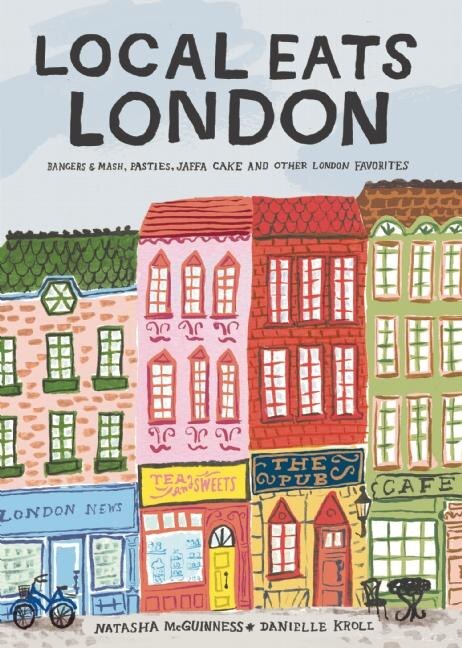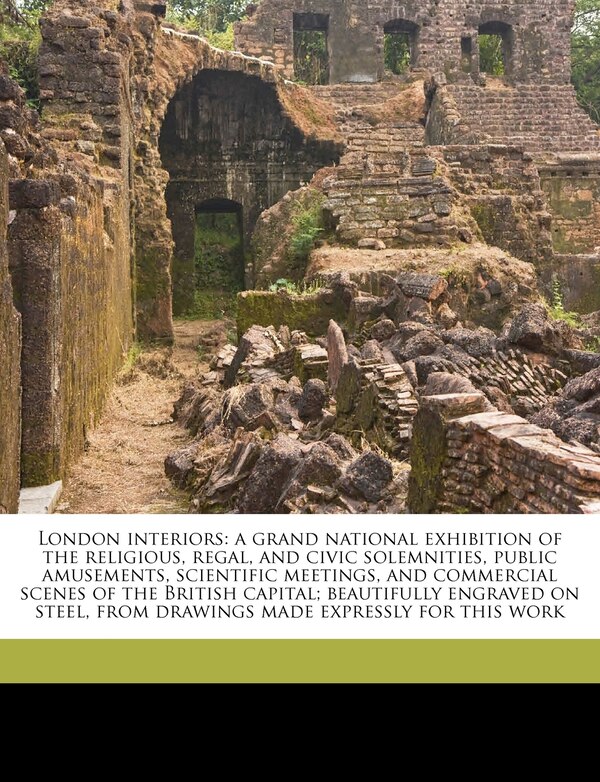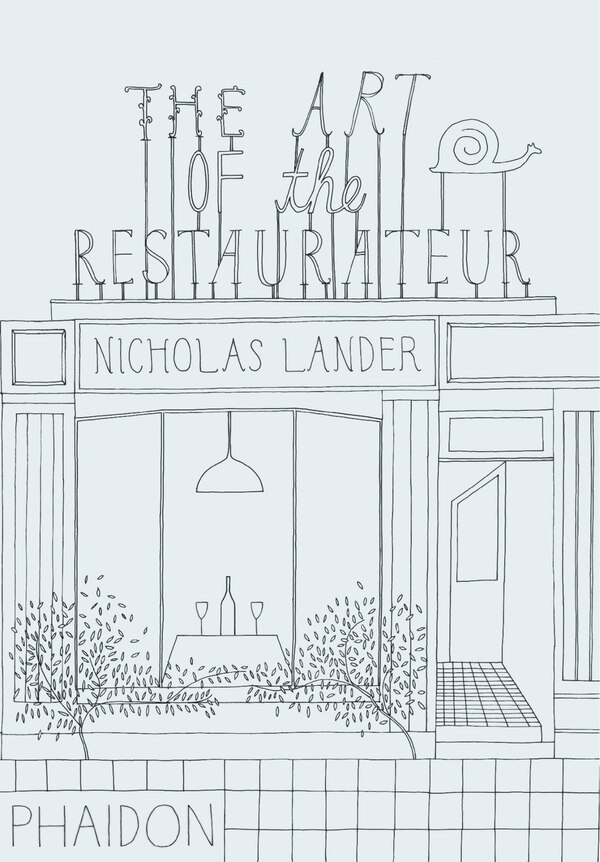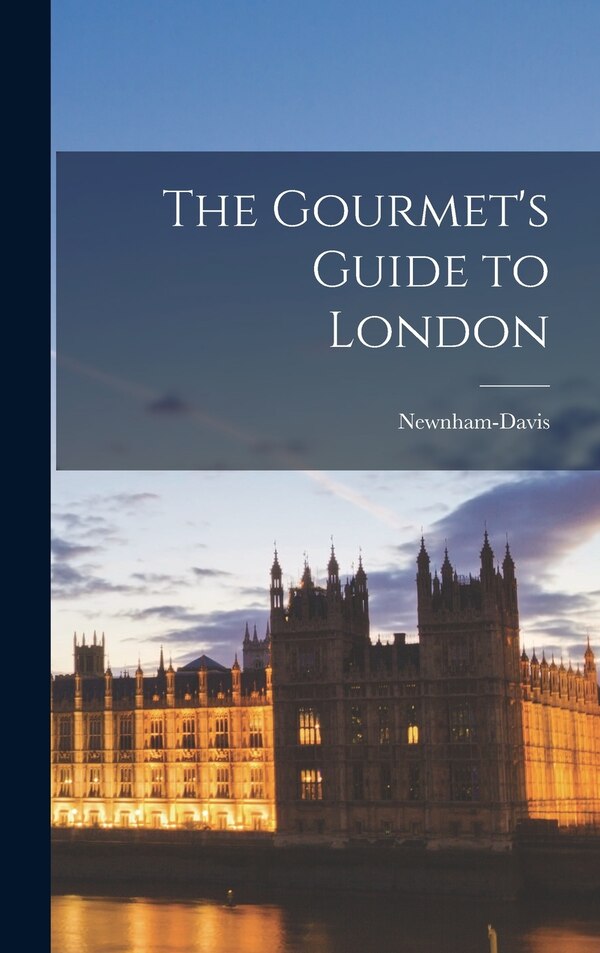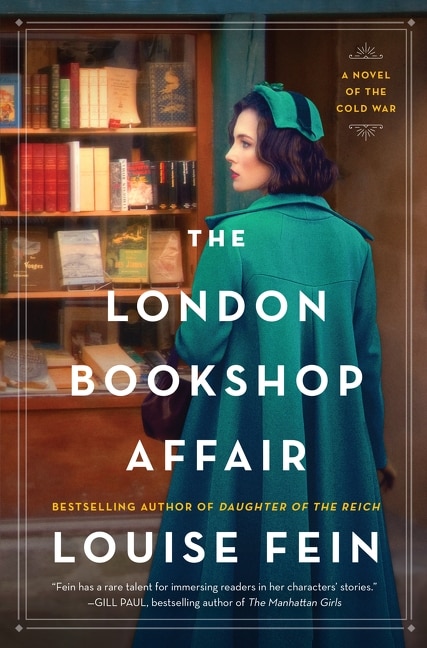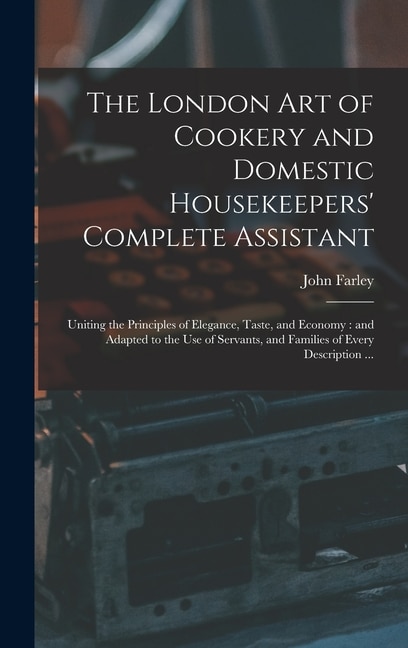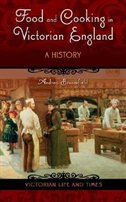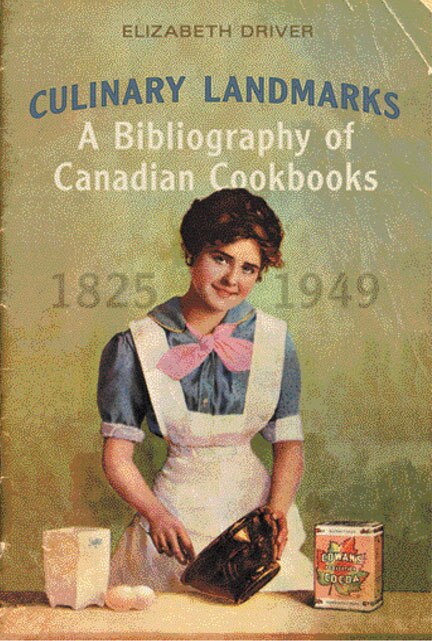
Compare The London Restaurant 1840-1914 by Brenda Assael, Hardcover | Indigo Chapters
Brenda Assael
$85.95
This is the first scholarly treatment of the history of public eating in London in the Victorian and Edwardian eras. The restaurant played host to many of the most significant societal changes to occur in this period: technological advances, health regulations, changing gender roles, immigration, and the multicultural dimension to London life. The mundane nature of eating out during the working day or evening should not be allowed to obscure the significance of the restaurant (defined broadly, to encompass not merely the prestigious West End restaurant, but also the modest refreshment room, and even the street cart) as a criticalcomponent in the creation of modern metropolitan culture. The story of the London restaurant between the 1840s and the First World War serves as an exemplary site for mapping the expansion of commercial leisure, the increasing significance of the service sector, the introduction of technology, thedemocratization of the public sphere, changing gender roles, and the impact of immigration. The London Restaurant incorporates the notion of "gastro-cosmopolitanism" to highlight the existence of a diverse culture in London in this period that requires us to think, not merely beyond the nation, butbeyond the Empire. The restaurant also had an important role in contemporary debates about public health and the (sometimes conflicting, but no less often complementary) prerogatives of commerce, moral improvement, and liberal governance. The London Restaurant considers the restaurant as a business and a place of employment, as well as an important site for the emergence of new forms of metropolitan experience and identity. While focused on London, it illustrates the complex ways in which cultural and commercial forces wereintertwined in modern Britain. | The London Restaurant 1840-1914 by Brenda Assael, Hardcover | Indigo Chapters



